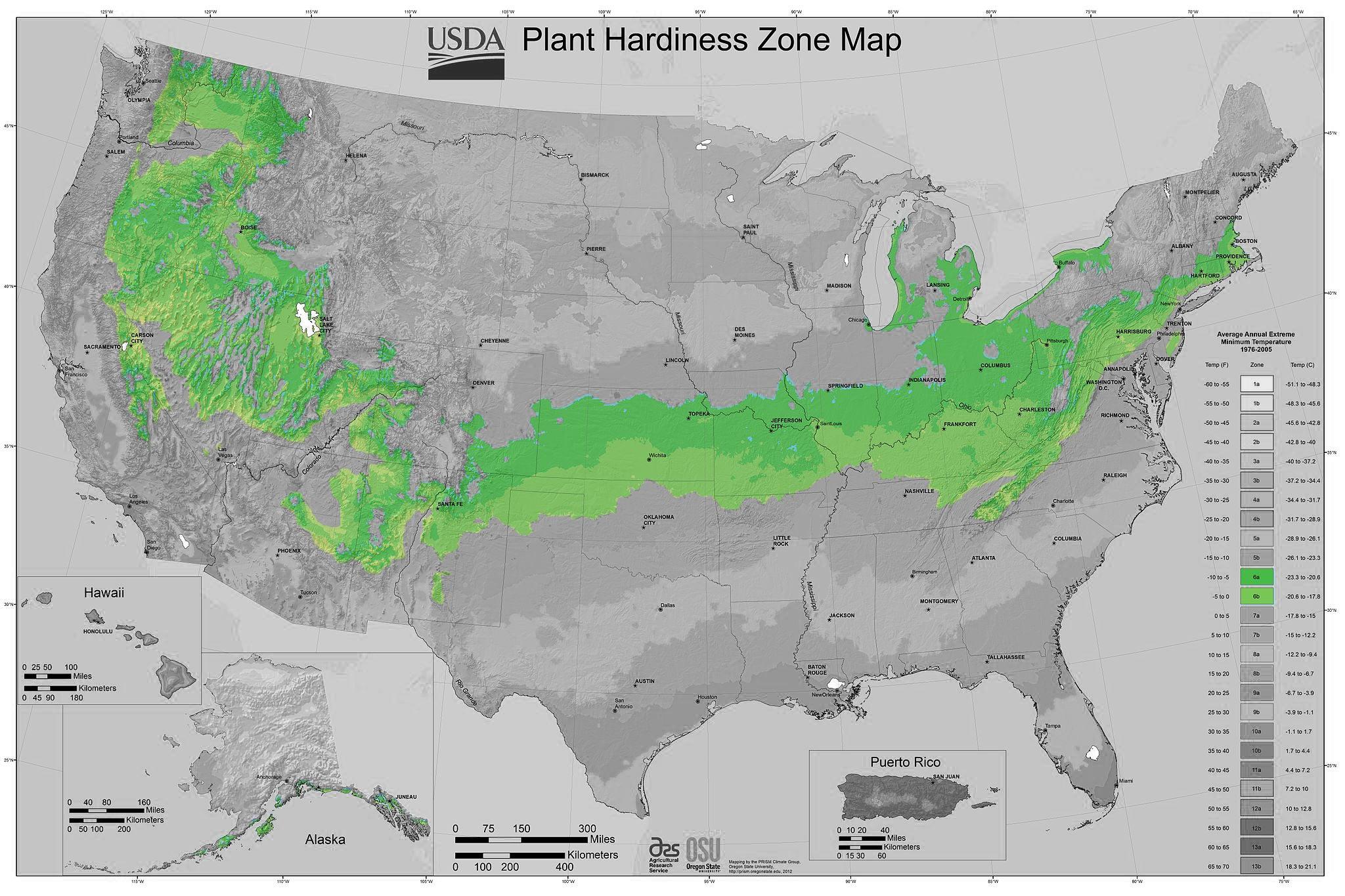
USDA Heardiness Zone 6
USDA Hardiness Zone 6 is a geographic region defined by the USDA (United States Department of Agriculture) to help gardeners understand which plants are most likely to thrive in their specific location. This zone is determined by the average annual minimum winter temperature, divided into 10-degree Fahrenheit zones.
In Zone 6, the average annual extreme minimum temperature ranges from -10 to 0 degrees Fahrenheit. The growing season in this zone can vary but typically extends from late April to early October, providing a considerable window for many types of plants to flourish.
Zone 6 includes parts of several U.S. states such as Missouri, Kansas, Illinois, Indiana, Ohio, West Virginia, Pennsylvania, New Jersey, and Connecticut. It also includes parts of the Pacific Northwest and high-altitude areas in the Western United States.
A diverse selection of plants can thrive in Zone 6, including many perennials, annuals, trees, and shrubs. Examples of plants suitable for this zone include various roses, hydrangeas, peonies, daylilies, and maples, among others.
When choosing plants for Zone 6, consider not only their hardiness rating but also other critical factors such as soil type, sun exposure, and water requirements. It's also essential to remember that the zone information should serve as a guide, not a guarantee, as other local conditions (like microclimates) can impact plant survivability.



